32 ways to be the best cat owner
Looking for tips that will help you be the best cat owner you can be? We've got you covered...

Being the best cat owner involves a mix of understanding, care, and creating a comfortable space for your feline friend. Think of it as having a tiny, furry roommate with a knack for napping in unexpected places and a mysterious communication style.
Cat owners are more than just a provider of food and shelter; you're the guardian of a personality with unique preferences. Pay attention to the subtle cues, like the contented wink or the upright tail that — all signs of a happy cat. Practicality is key in the world of cat care. Give them a cozy haven and you will be rewarded with a happy and harmonious coexistence.
Whether you’re a seasoned cat-lover wanting your pet to thrive or the proud owner of a new kitten (check out this guide to our top six kitten care tips if that's you!), let’s take a look at how to be a good cat owner to your beloved bundle of fluff...
32 ways to be the best cat owner
1. Regular veterinary care
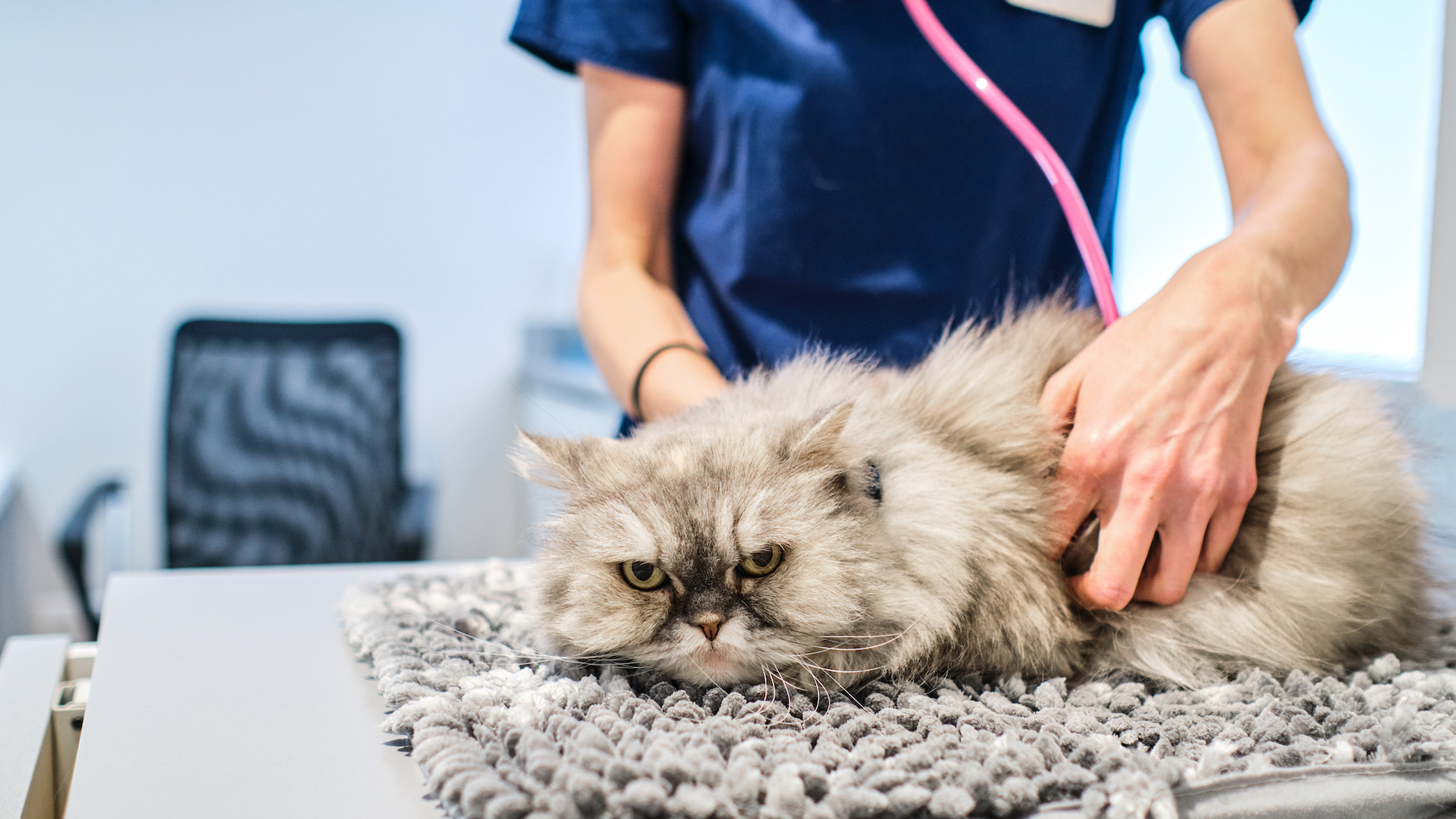
Schedule regular check-ups and vaccinations to keep tabs on your cat’s health. This is essential for maintaining their overall health and wellbeing. It allows for preventative measures, early detection of problems, and the management of any issues that may arise.
Regular vet visits contribute to a longer, healthier life for your feline companion – and you can seek veterinary guidance on issues such as nutrition and skin care.
Pondering the question, is my cat sick? Here are 11 signs it's time to take them to the vet.
2. Feed a balanced diet
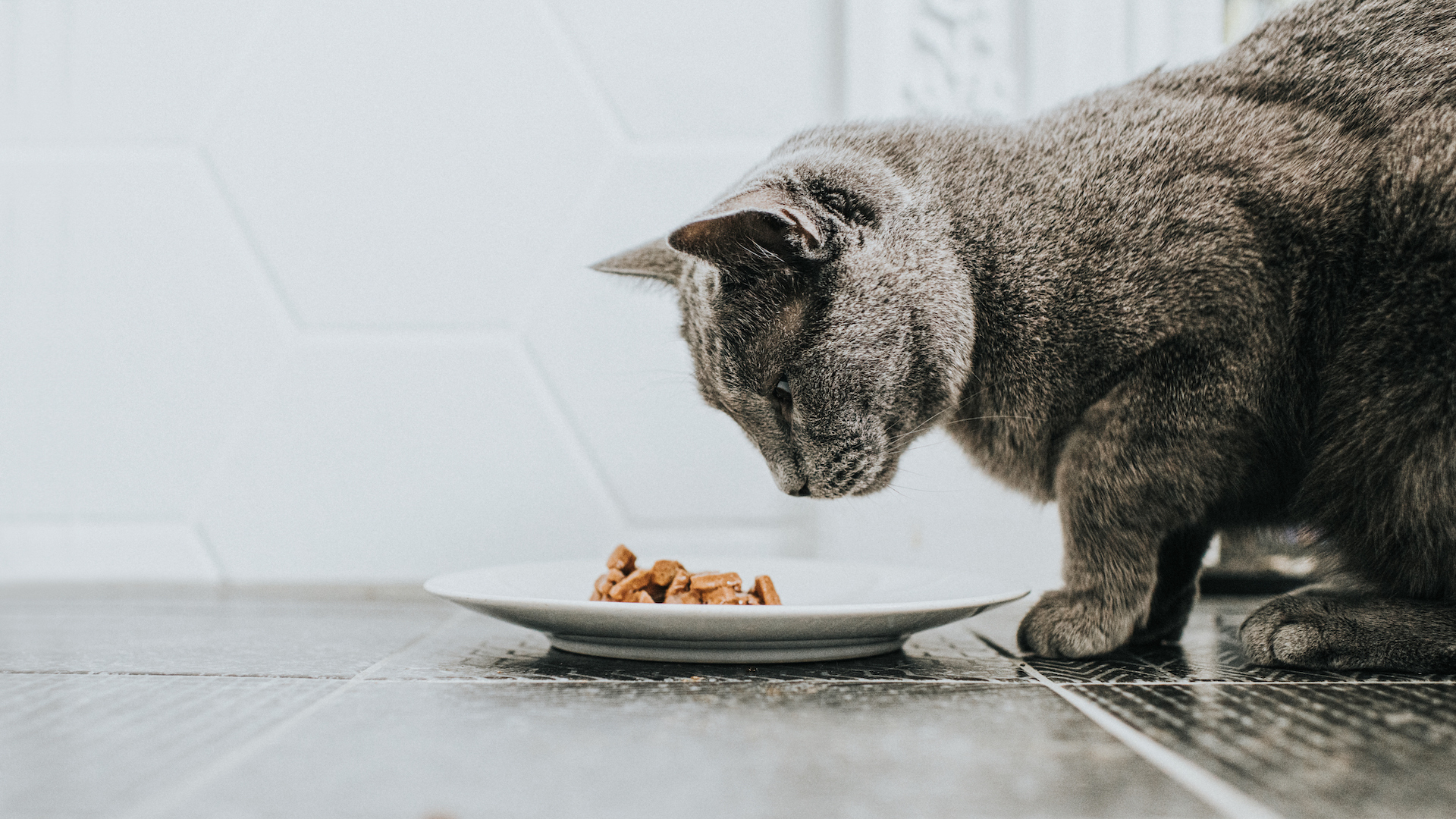
A balanced diet is essential for meeting your cat’s specific nutritional needs, supporting overall health, and preventing a range of potential health problems. Choose high-quality cat food (check out our guide to the best dry cat food for our vet's top picks) that is formulated to meet the nutritional standards set by veterinary organizations or regulatory authorities.
Get the best advice, tips and top tech for your beloved Pets
Do consult with a veterinarian for personalized advice if you have any concerns about your cat’s diet.
3. Provide fresh water
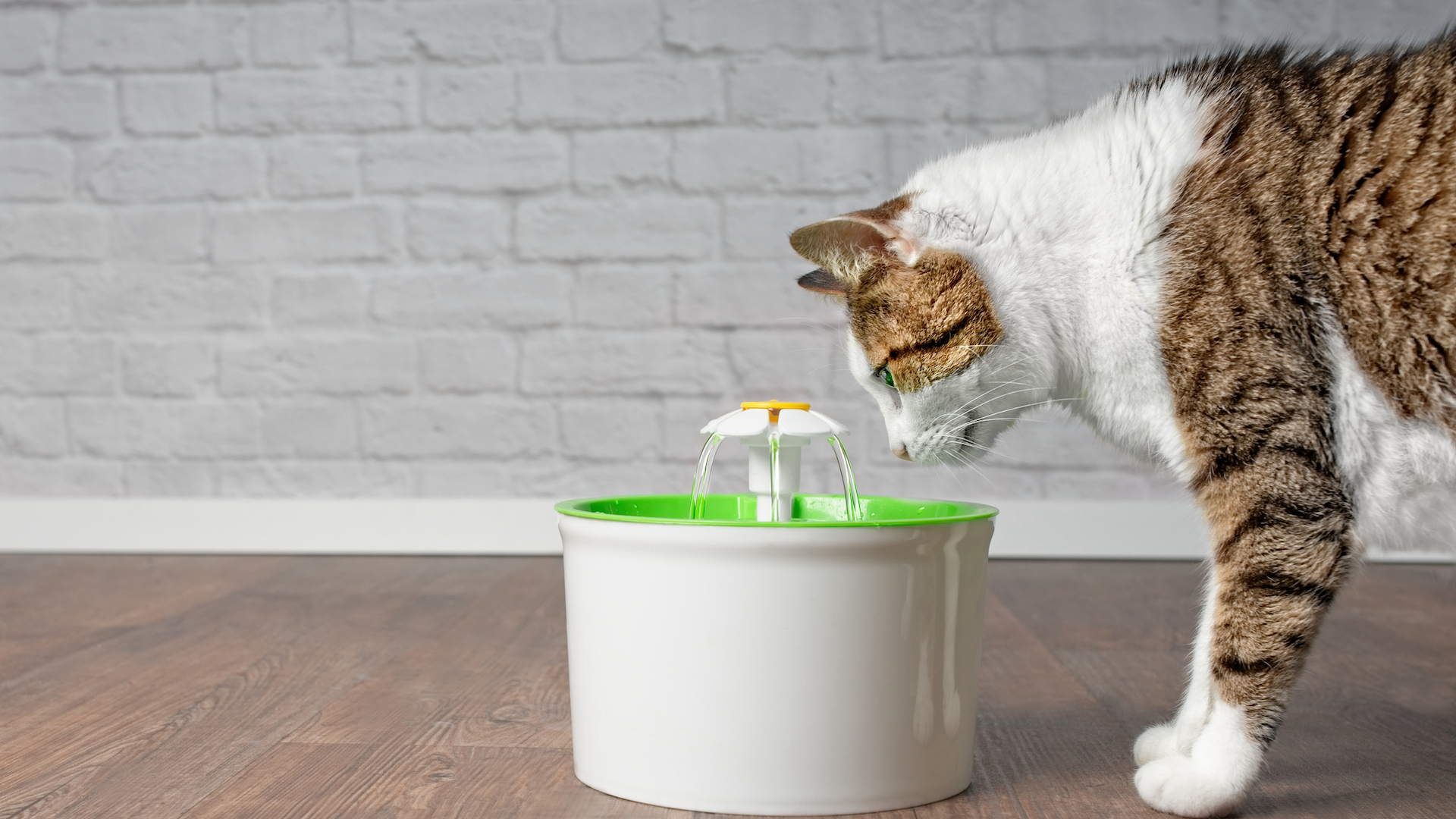
Cats may not have a strong natural drive to drink water and seem to turn their nose up if you offer it, but it is absolutely essential.
Although cats obtain some moisture from wet or canned cat food, providing a separate source of fresh water is still essential for their overall health and well-being. It’s vital for digestive and kidney health to stay hydrated.
Cats tend to find moving water more appealing – watch them drink from a running tap – so they may love you for installing a pet water fountain. Check out our guide to the best pet water fountains for our top picks.
4. Clean their litter box daily
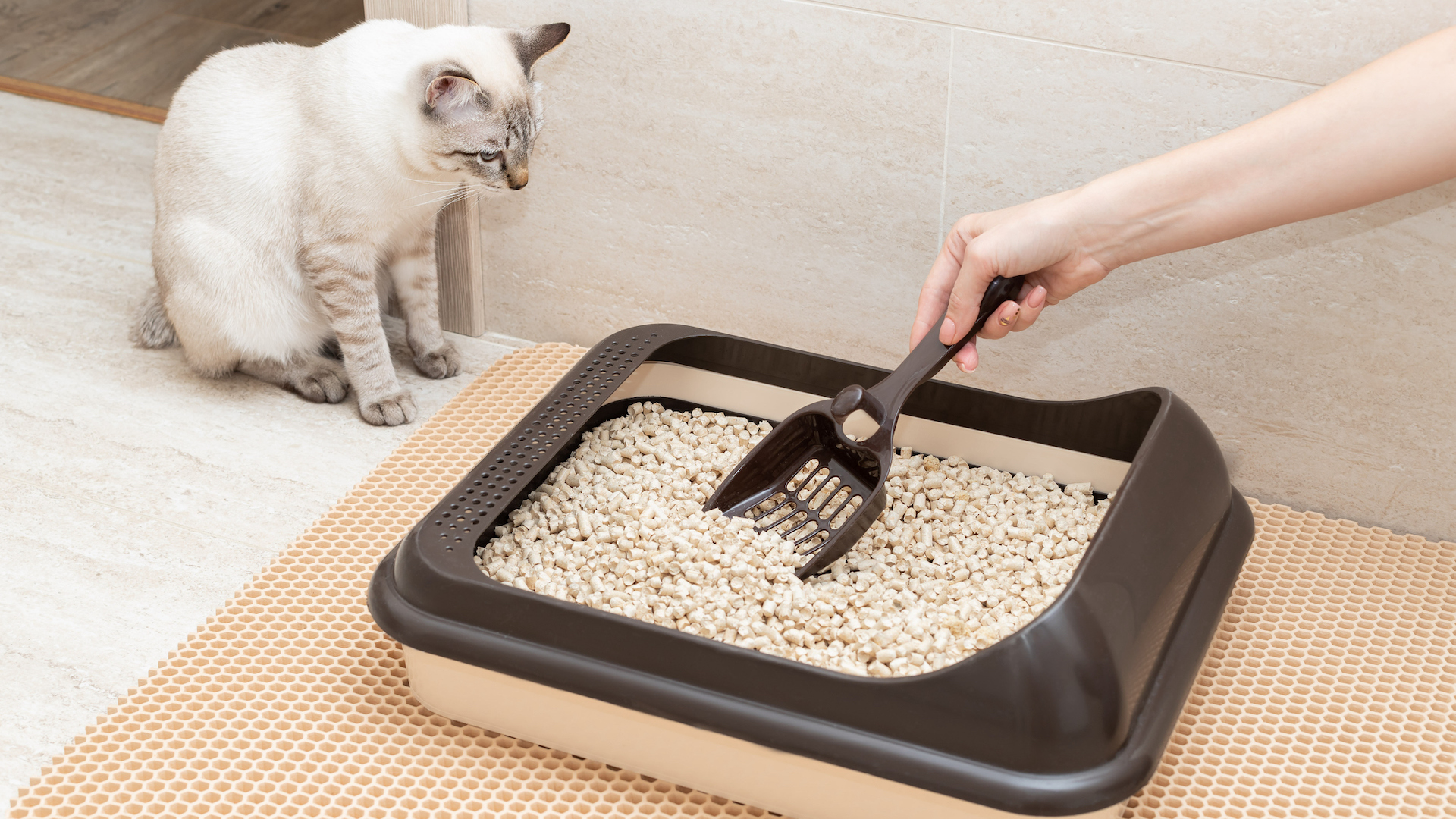
As much for you and those sharing your household as for the cat, scoop the litter box daily and change the litter regularly. This prevents bacteria building up, and is good for hygiene and odor control. It also makes the cat less likely to seek alternative venues to do their business (cats tend to prefer a clean litter box) and can help you quickly spot health issues if you notice anything unusual in their urine or poop.
5. Make a safe environment in the home
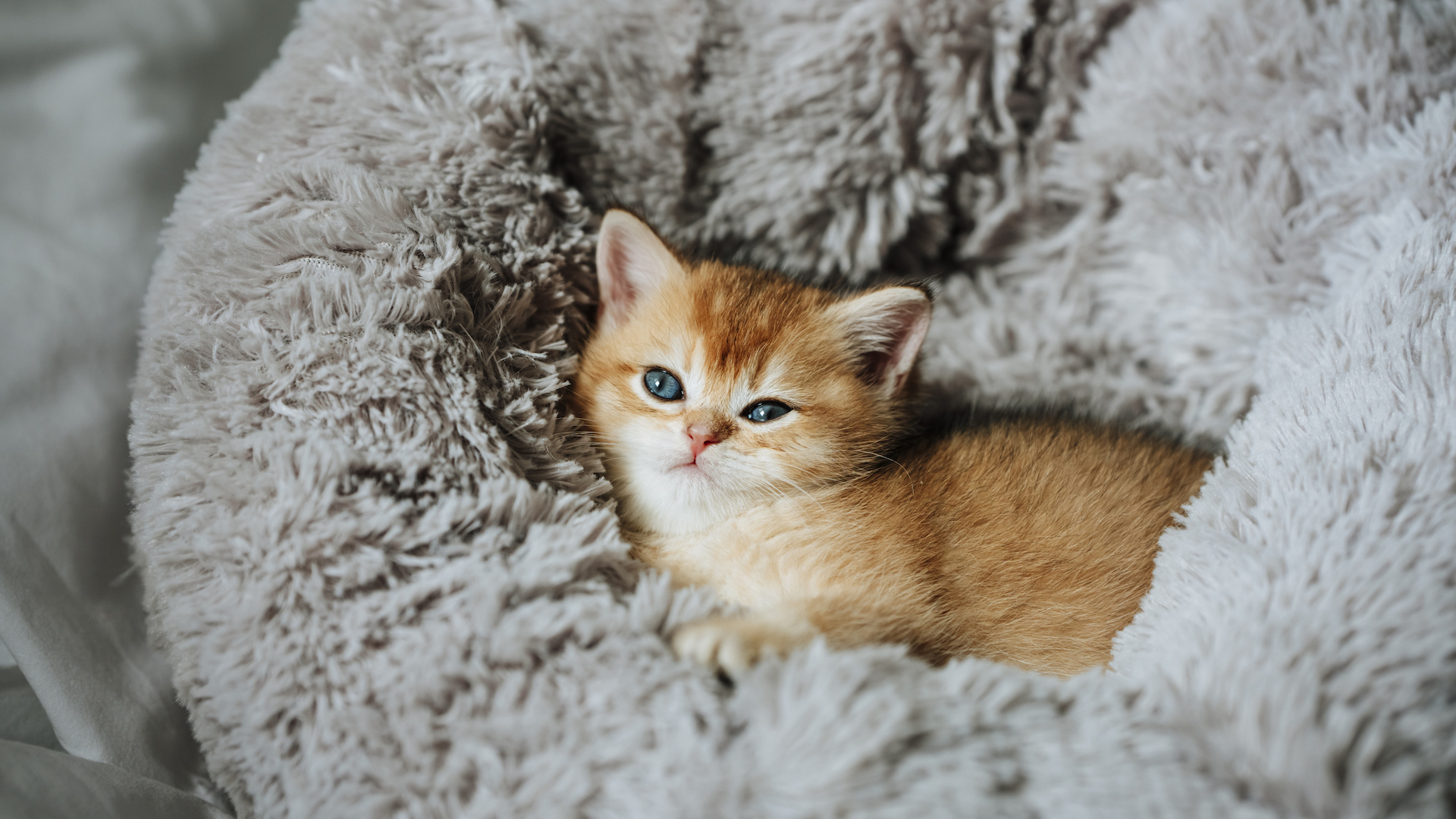
Creating a safe and comfortable home for your cat involves a combination of providing for their basic needs, creating a secure environment, and minimizing potential hazards.
Cats are curious, and open windows or balconies can pose a falling risk. Consider using window screens or installing cat-safe barriers to prevent accidental falls.
Many common houseplants and flowers, such as lilies, can be toxic to cats. Research and remove any toxic plants from your home or place them in areas that your cat cannot access. The same goes for household cleaning products.
6. Microchipping
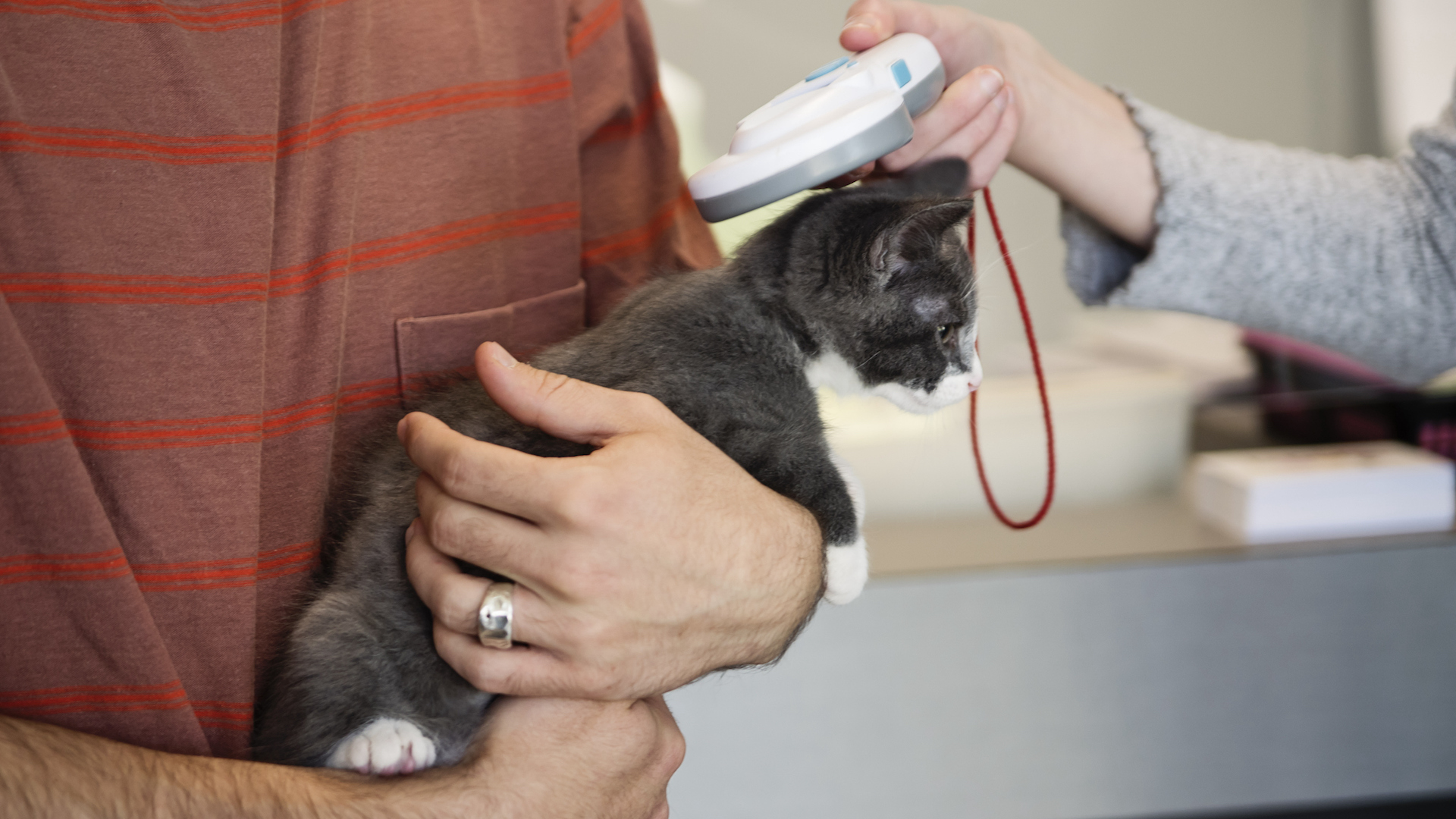
From summer 2024, microchipping UK cats is mandatory.
But even though it is not mandatory round the world, it is recommended as a responsible pet ownership practice because it provides a permanent form of identification that can greatly increase the chances of reuniting you with your cat if they are lost or found by animal control, handed into a vet or a shelter.
According to Lost Pet Statistics, at least 15% of cat owners lose their pet in a five-year period.
7. Consider spaying or neutering
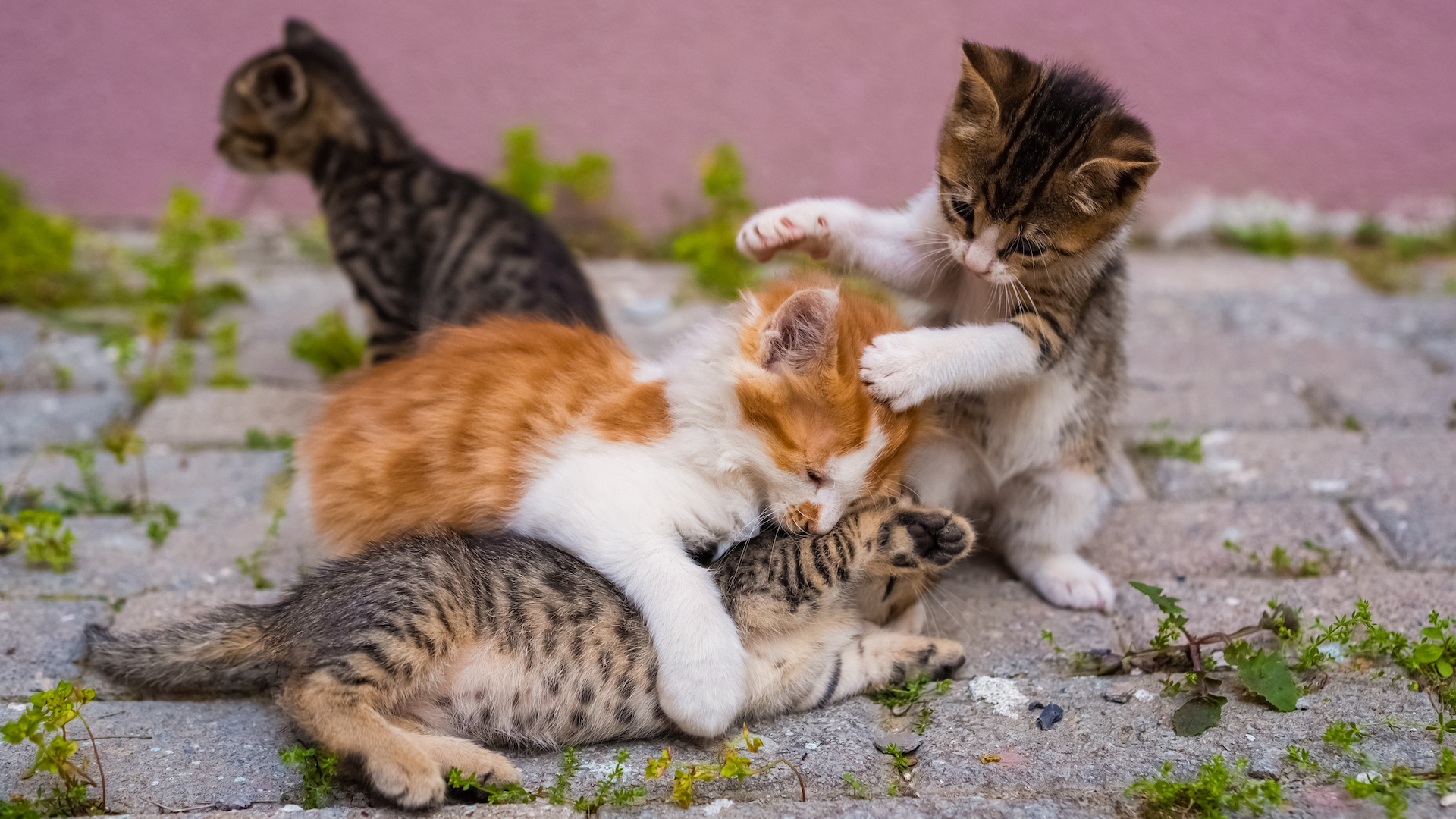
Much as kittens are adorable, it’s all too easy for cats – with their independent streak – to have unwanted litters and dozens of stray kittens on the streets. Consider spaying or neutering your pet to prevent unwanted pregnancies and promote better health. It can greatly reduce the risk of certain cancers and diseases related to the reproductive organs, and diminish undesirable behaviors in male cats such as roaming and fighting.
There are some risks, as with any surgery, but vets generally encourage it – taking into account the cat’s health and age.
8. Brush and bond

Brush your cat’s fur regularly to prevent matting and reduce shedding. Cats are excellent self-groomers but they inevitably swallow some of their hair while they are licking themselves, which ends up on your carpet as a hairball.
Grooming will also help you bond with your cat – but always on their terms!
9. Provide interactive toys
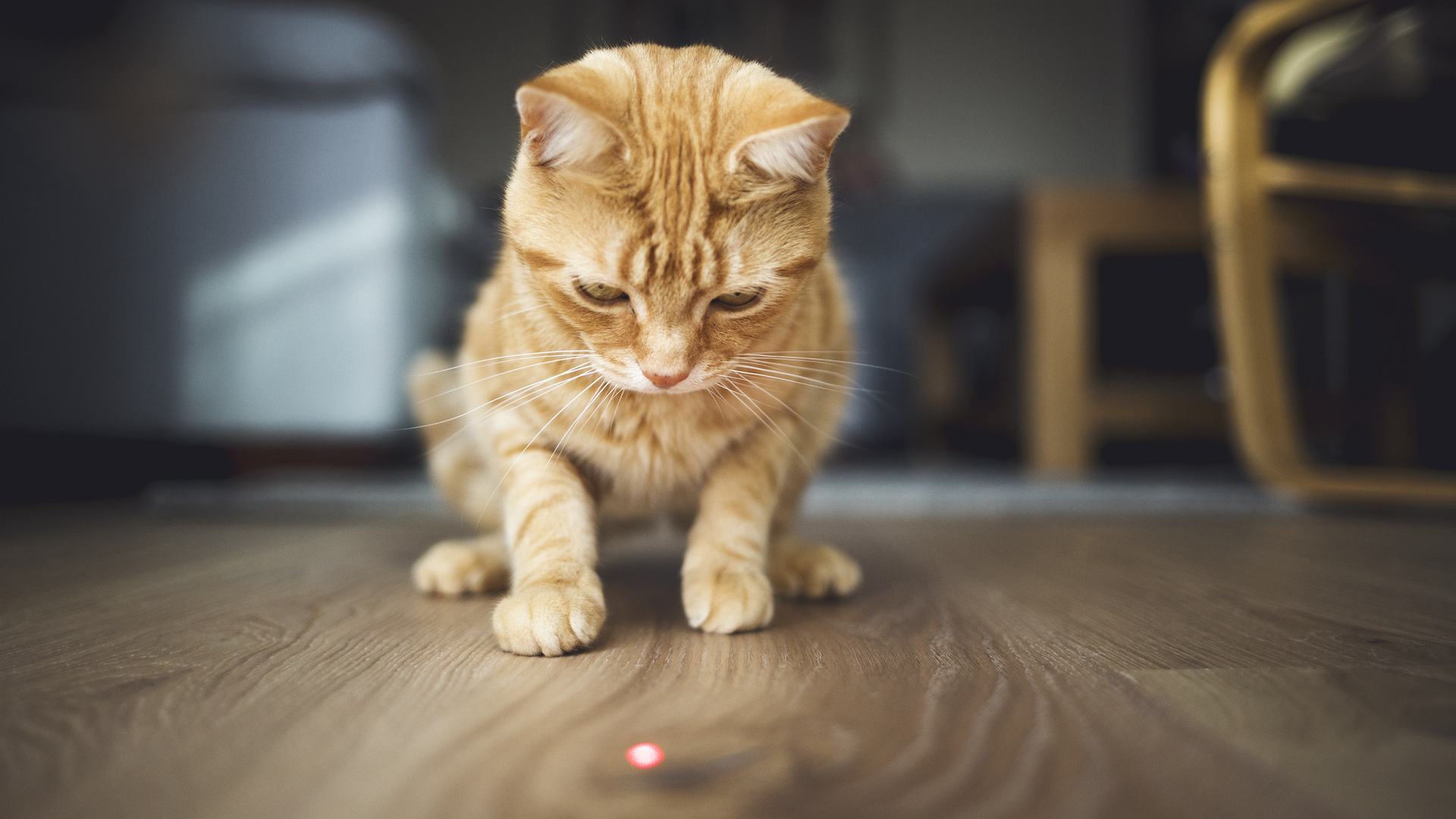
Many of our feline friends enjoy the best interactive cat toys as they cater to their natural instincts and provide mental and physical stimulation. They engage a cat's curiosity, encourage play, and can help prevent boredom.
Toys they might enjoy include interactive laser pointers, which mimic the movement of prey, and balls that roll around a track, especially if the balls have bells or other enticing features.
Some cats may prefer toys that mimic prey, others enjoy ones that dispense treats as a reward. Keep rotating and introducing new interactive toys to stimulate your cat mentally and prevent boredom.
10. The essential scratching post
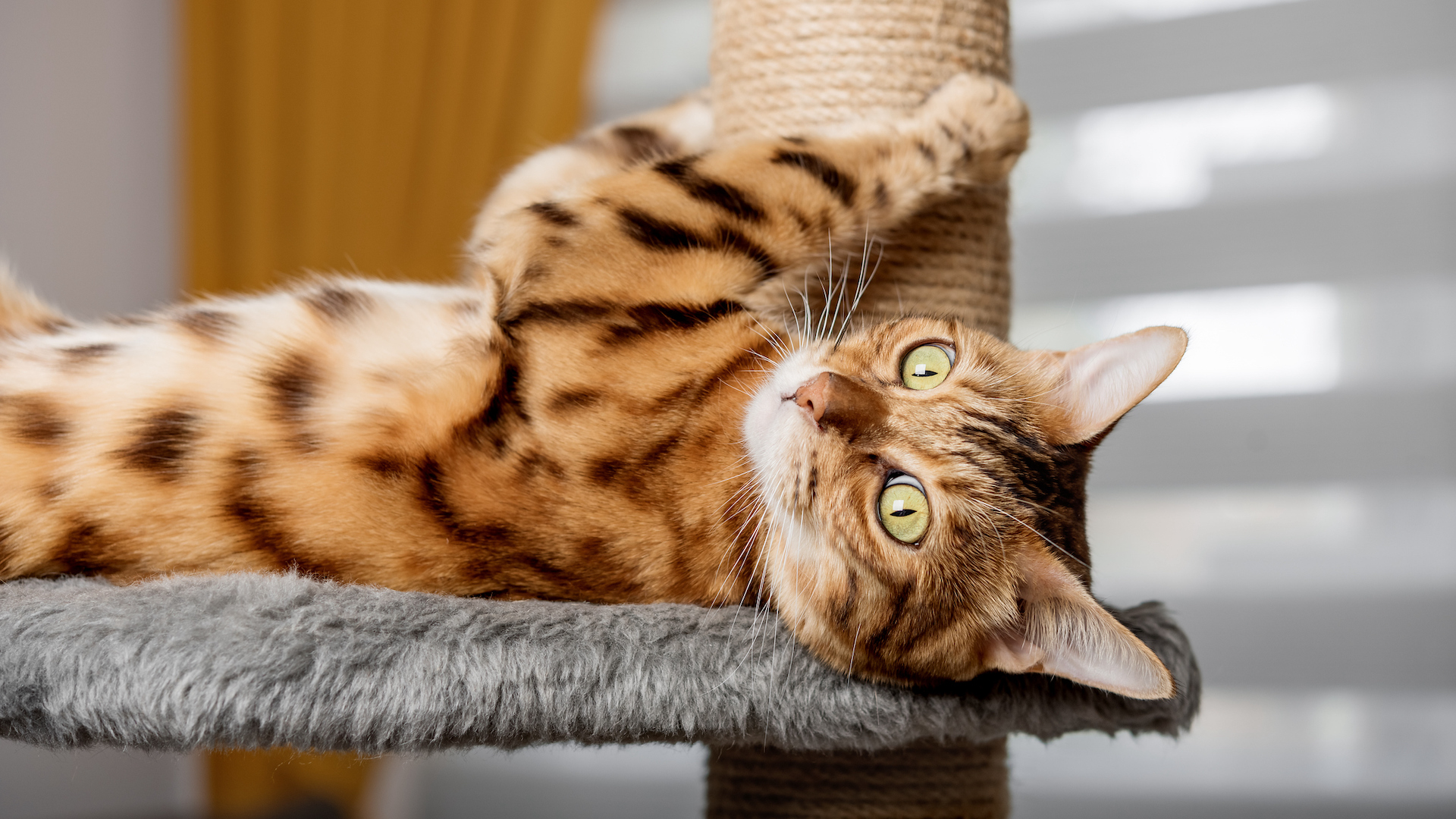
Scratching posts satisfy your cat’s natural instinct to flex his claws. They scratch as stress relief, to stretch and exercise, to maintain their claws, and also as a way of marking their territory. A scratching post will provide an outlet for this natural behavior – and hopefully protect your furniture and carpets.
11. A feline den

Cats love their own lair where they can quietly retreat to relax and feel secure. They don’t love being on show all the time. Provide cozy hideaways, such as cat beds, boxes, or elevated perches, or even little toy tunnels.
12. Play together

Learning how to play with a cat is super important. Although our feline friends are independent, play is vital for their mental and physical wellbeing — plus, it's a fantastic way to strengthen the bond you share.
Suss out what your cat loves most. Some enjoy chasing feather toys, while others may prefer interactive toys or games that involve hiding treats.
And always respect your cat’s boundaries. If they show signs of disinterest or become overstimulated, give them space and allow them to end the play session on their terms.
13. Let them watch the world go by
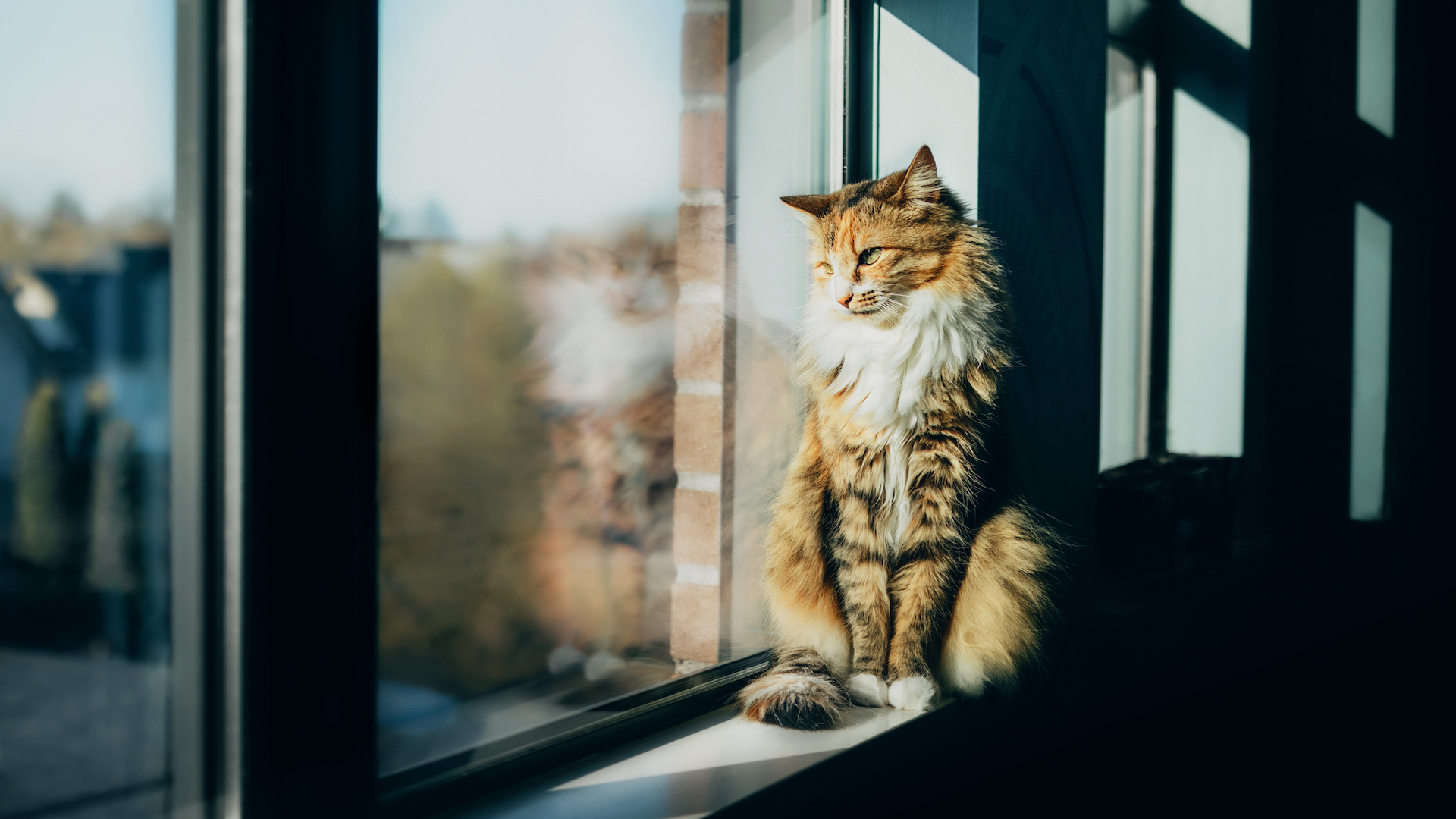
Cats love looking out of the window and watching the world go by. Provide a comfortable and safe window perch so that they can indulge. They are naturally curious creatures and seem to find the outside world fascinating from a cozy (and superior, naturally) vantage point.
14. Keep them warm and cozy
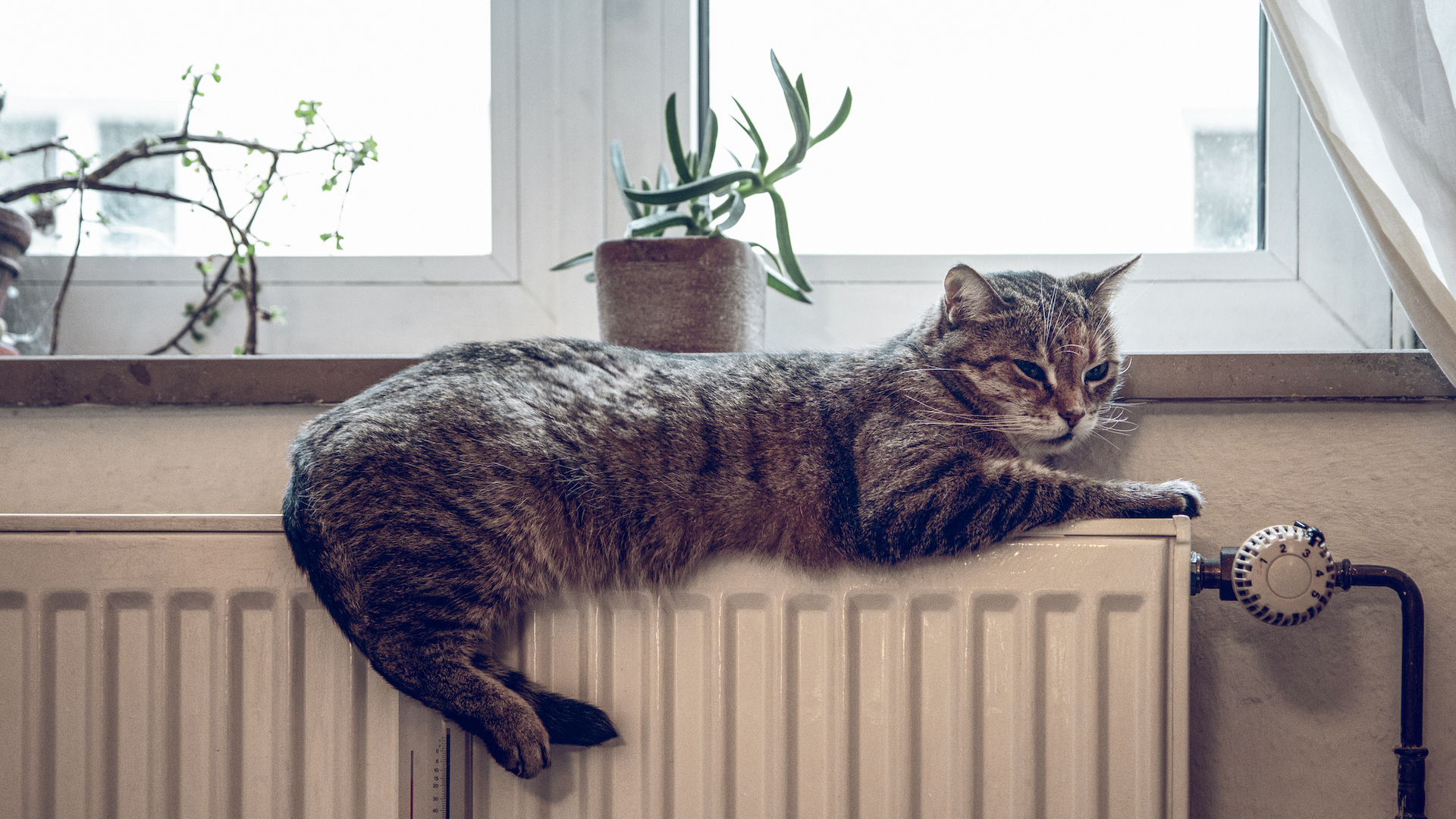
Ensure your cat has a warm and cozy place to rest, especially during colder months. Cats tend to prefer warmth, and actively seek out hotspots to rest, or lie in the sunshine purring.
They have a significantly higher natural body temperature than humans, which may explain why they crave warmth. They are also less sensitive to heat than us.
What this adds up to is providing a cozy bed, out of the way of draughts – and consider adding pet heat pads if you worry they are too cold.
15. Exercise for wellbeing

Cats don’t need – and don’t want – to be taken for a daily walk in the same way as a dog. However, regular exercise is essential for their overall health and to prevent them becoming overweight.
Obesity is a common feline health issue and can lead to conditions such as diabetes, arthritis, and heart trouble.
Make the most of bonding activities and puzzle toys, and provide scratching posts, places to climb and opportunity for playing outside if it is safe and appropriate for your cat.
16. Personal space
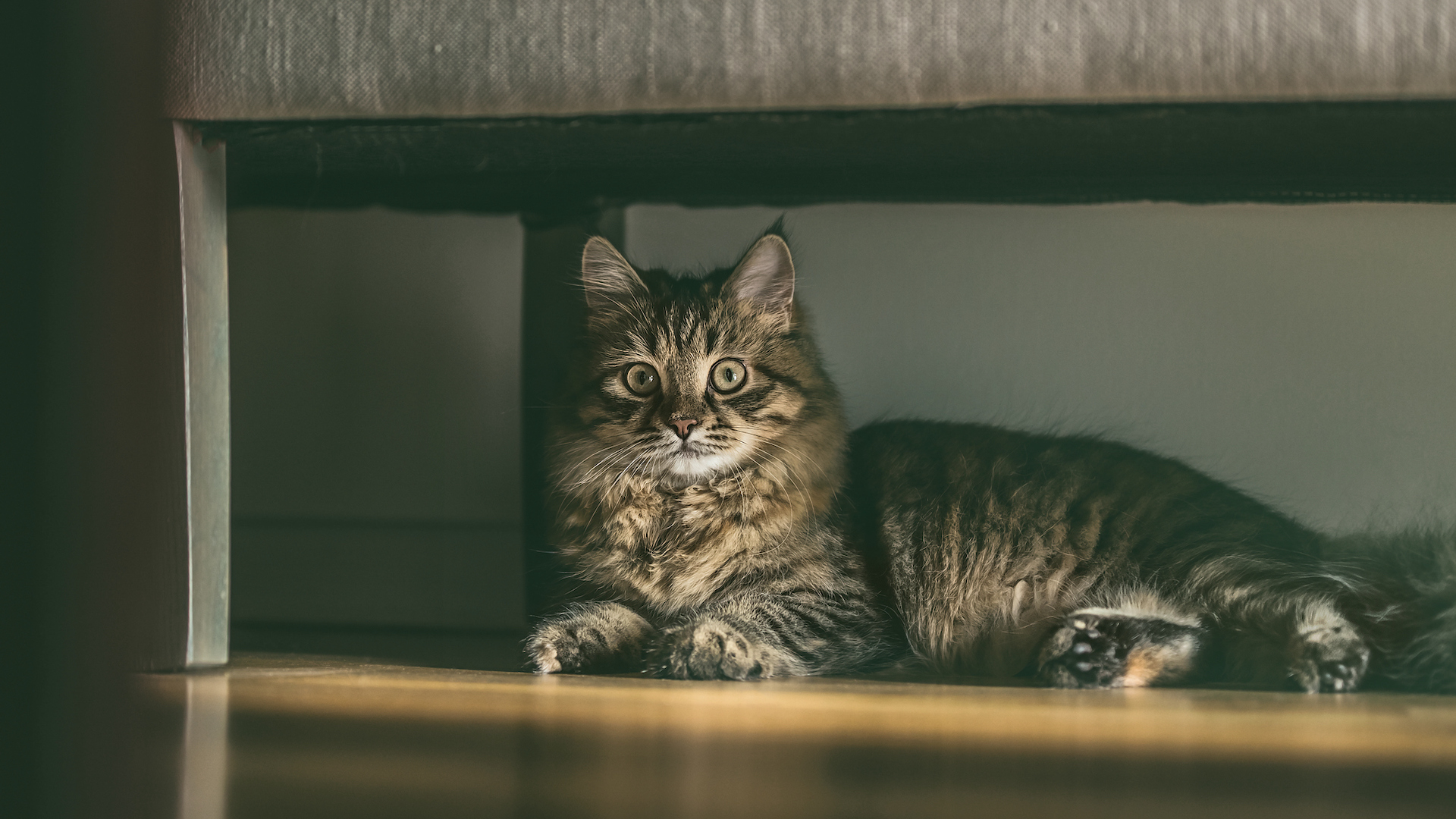
Personal space is a big deal for cats, who are naturally independent. However much we want to show affection to our cats, they sometimes want us out of their hair. They purr happily one minute, the next they arch their back and turn their tail.
Cats are observers rather than doers, and often like to perch in a high-up, secluded spot to monitor their environment.
Pay attention to your cat’s body language and cues, and allow them to choose when they want social interaction and when they prefer some alone time.
17. Maintain a routine
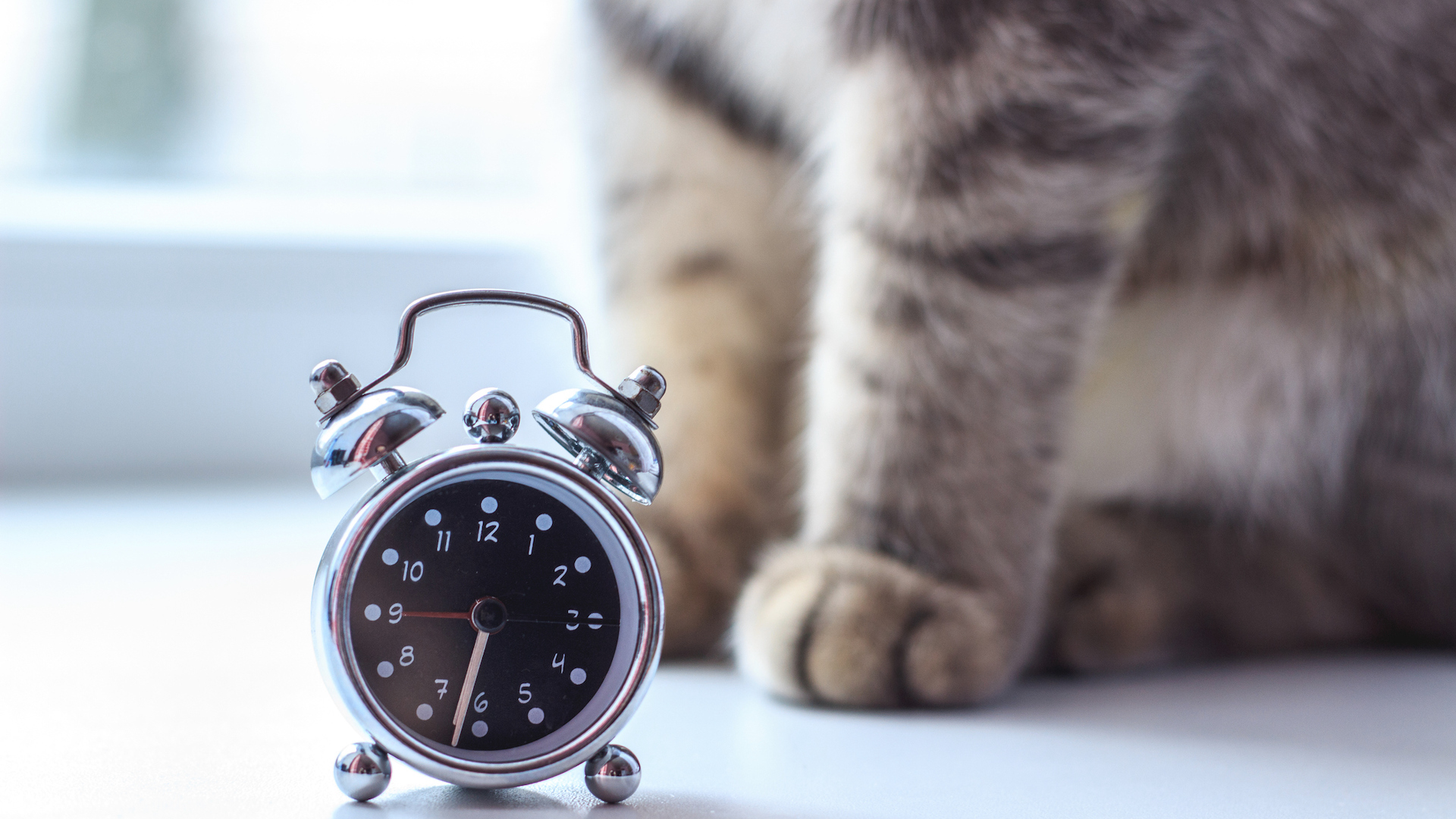
Cats, like most pets, thrive on routine, so try to maintain a consistent schedule for feeding and play. They are creatures of habit, who like to know where their next meal is coming from – or they might take matters into their own hands and go off to find their own dinner.
As they are crepuscular (most active at dawn and dusk), they usually appreciate a quiet, predictable environment while they are napping.
18. Use positive reinforcement
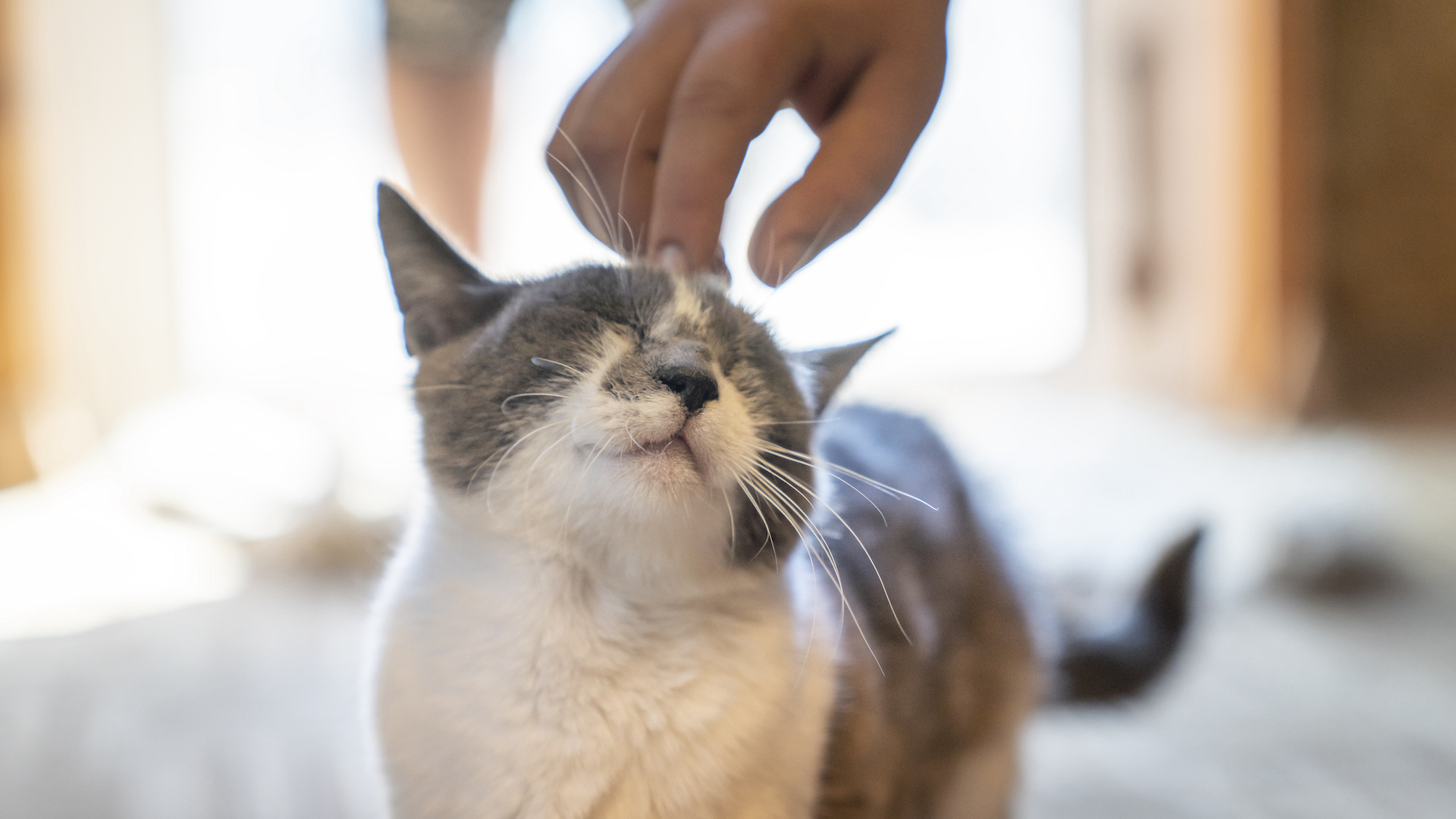
It’s very hard to reprimand a cat when they have done something wrong. They will probably glare at you as though it was all you fault, or they may be scared and scarper if you raise your voice. A much better way is by positive reinforcement to encourage good behavior, which builds a trusting relationship between you.
If a cat is scolded, they may associate the punishment with you, and this can damage the bond you've worked so hard to build.
19. Patience is a virtue

Never lose patience with your cat, even if it is driving you round the bend, scratching your best couch or ignoring their litter tray. Try to be calm and understanding, especially if your cat is adjusting to a new environment.
Cats don’t necessarily experience or express respect in the same way as humans do, however, they do respond positively to calm and patient interactions. Patience is a valuable trait when it comes to building trust and fostering a positive relationship between you both.
20. Be ready for emergencies
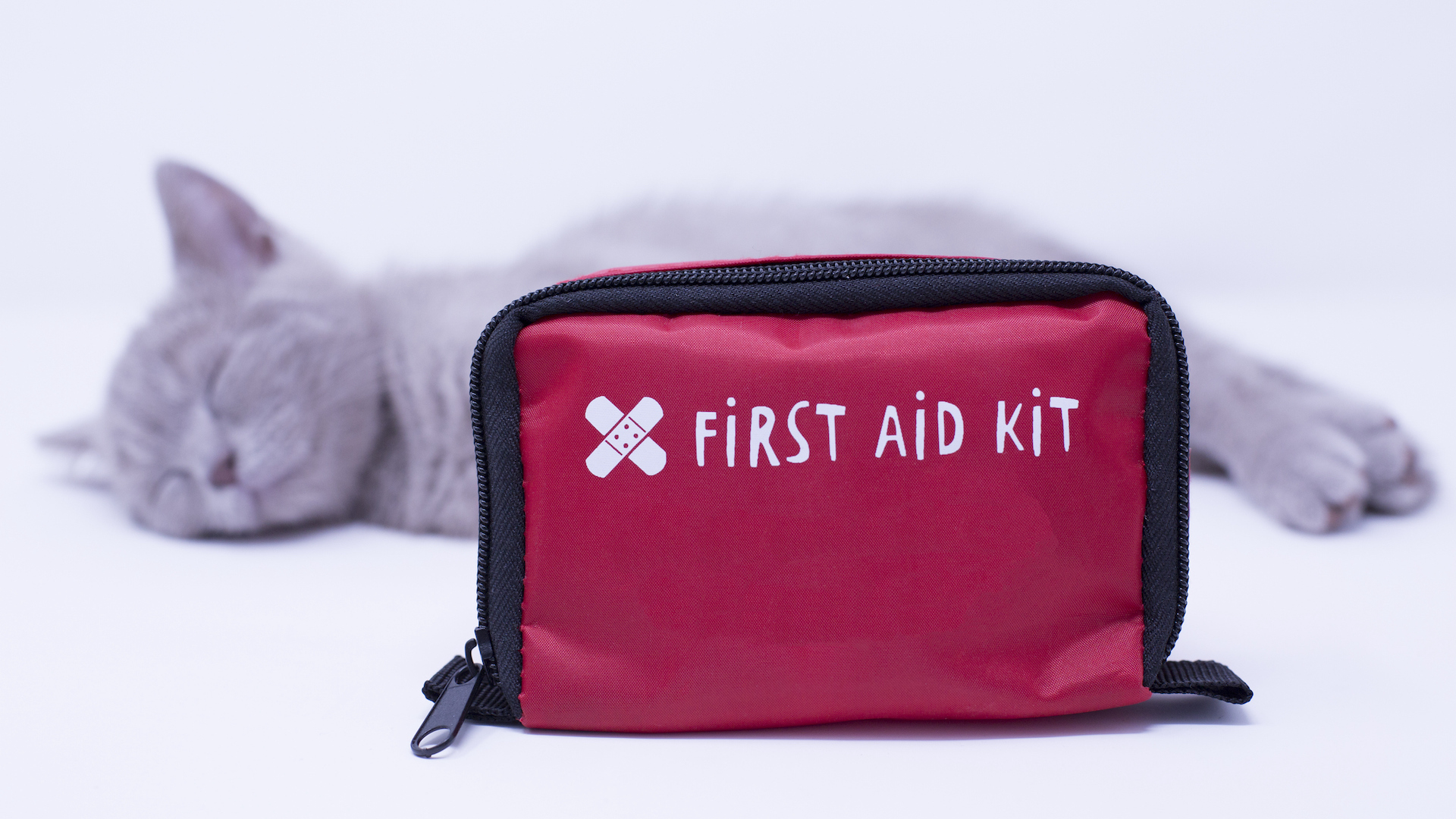
Have a first-aid kit with necessary supplies and have the number of your vet stored on your phone. Should you be away from home, make sure that whoever is looking after the cat has all the details, and can make decisions on your behalf if you are not contactable.
21. Dental care
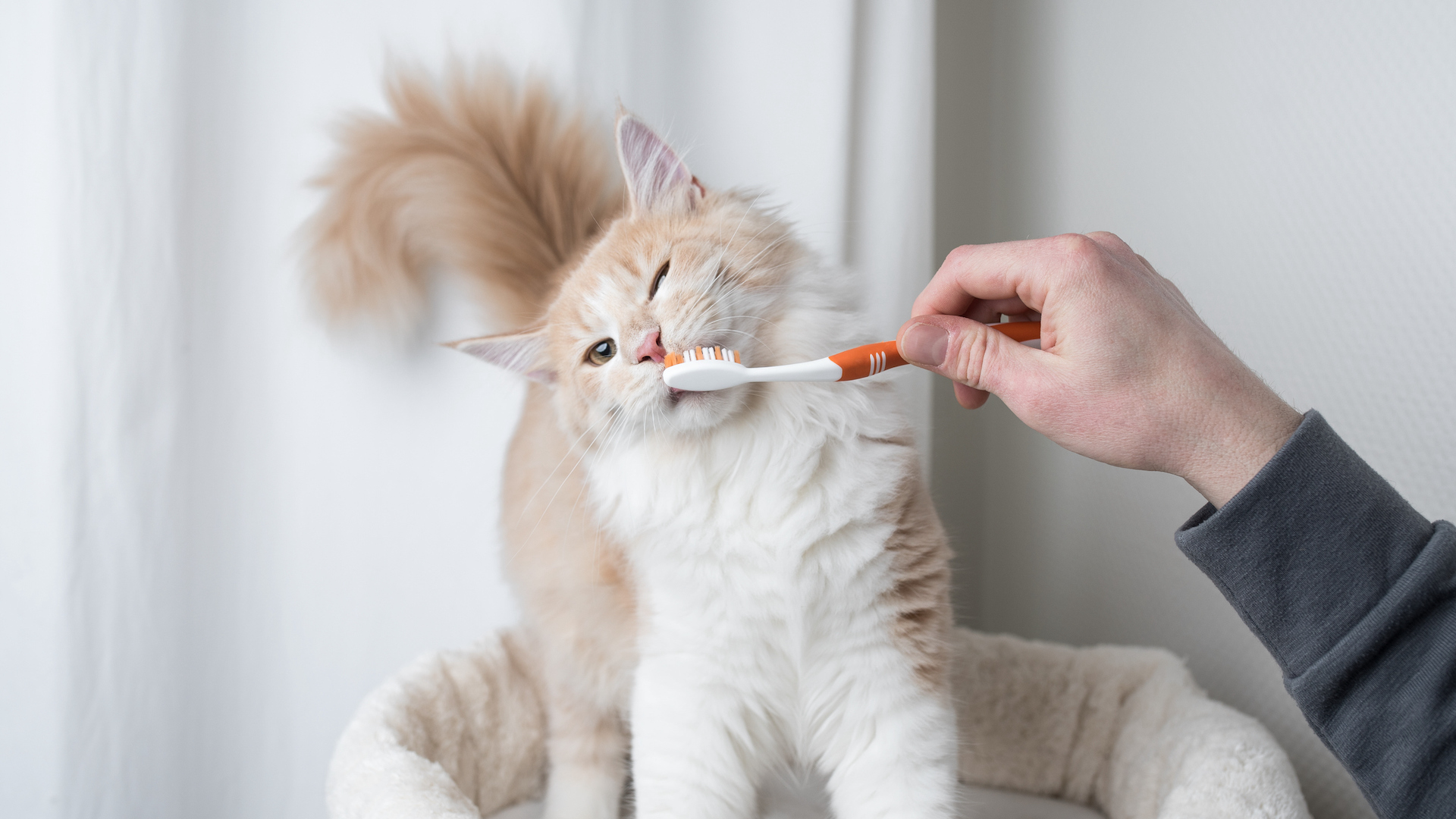
Cats need their teeth brushed, just as humans do. It is often overlooked, but it’s a surefire way to be a top cat owner. Tooth brushing helps prevent dental issues such as plaque and tartar buildup, gingivitis, and periodontal disease. Plus, it avoids fishy breath, a win for everyone. Check out our vet's guide to how to brush your cat's teeth for some tips on getting the job done.
22. Parasite prevention

Use preventative measures to protect your cat from fleas, ticks, and worms. Both fleas and intestinal worms can pose significant health risks to your cat, and keeping them at bay is essential for maintaining their well-being.
If left untreated, a worm infestation can even be fatal, while fleas can cause severe itching, dermatitis – and a nightmare situation trying to get rid of them from your own home!
Happily, there are plenty of preventative measures from topical treatments to medicated collars. Your cat will never know the discomfort from which you’ve saved him.
23. Avoid human food

Don’t kid yourself that you’re being kind by letting your cat share your meal – or scoff any leftovers. Human foods often have everyday ingredients that are toxic to cats, such chocolate, onions, coffee, alcohol and citrus fruits.
24. Observation
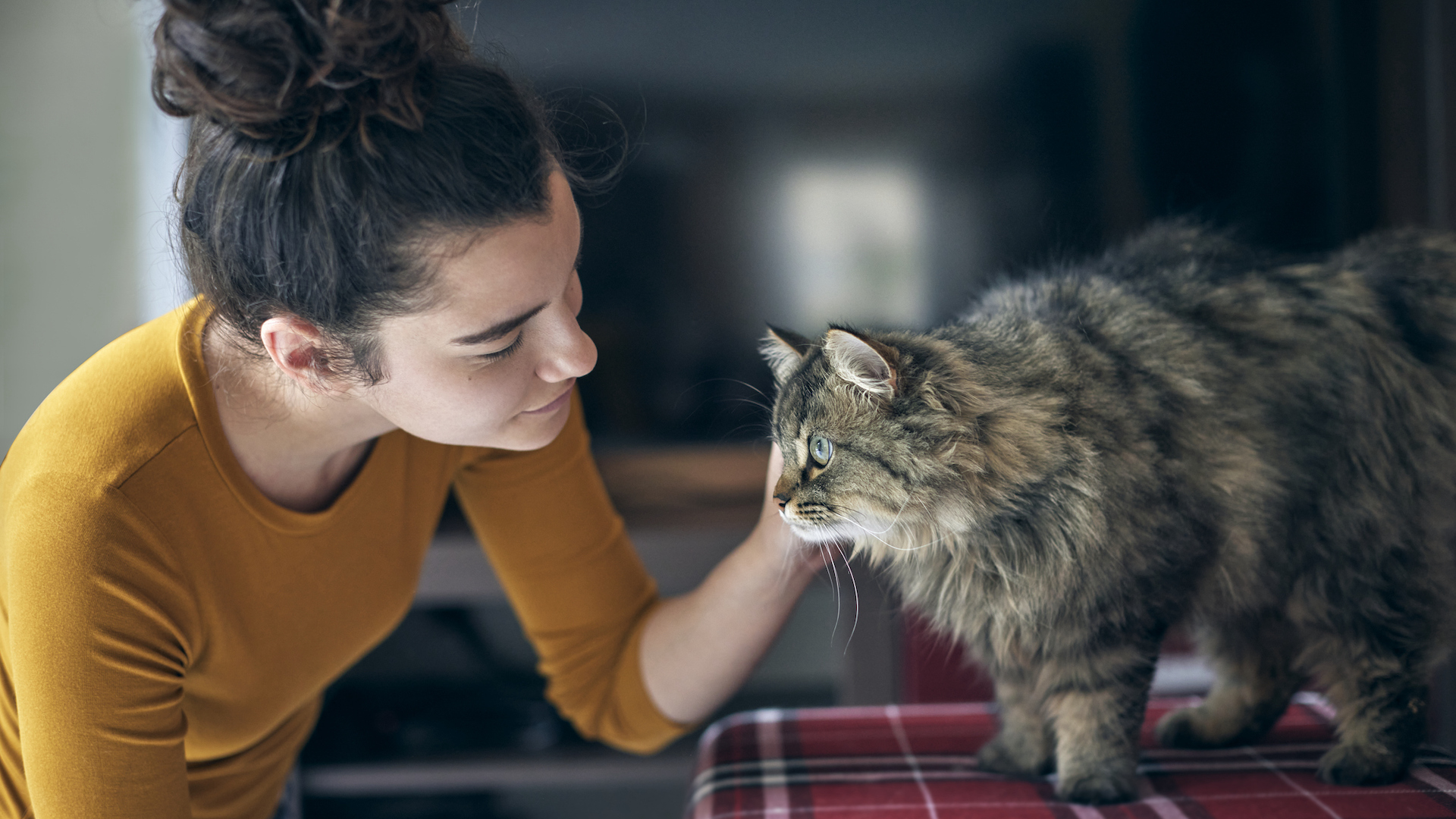
Get to know your cat and what is normal for this individual. Pay attention to any changes in behavior or health – whether they especially lethargic, sleepy, itchy or generally out of sorts – and don‘t hesitate to seek veterinary advice if needed.
25. Accept individuality
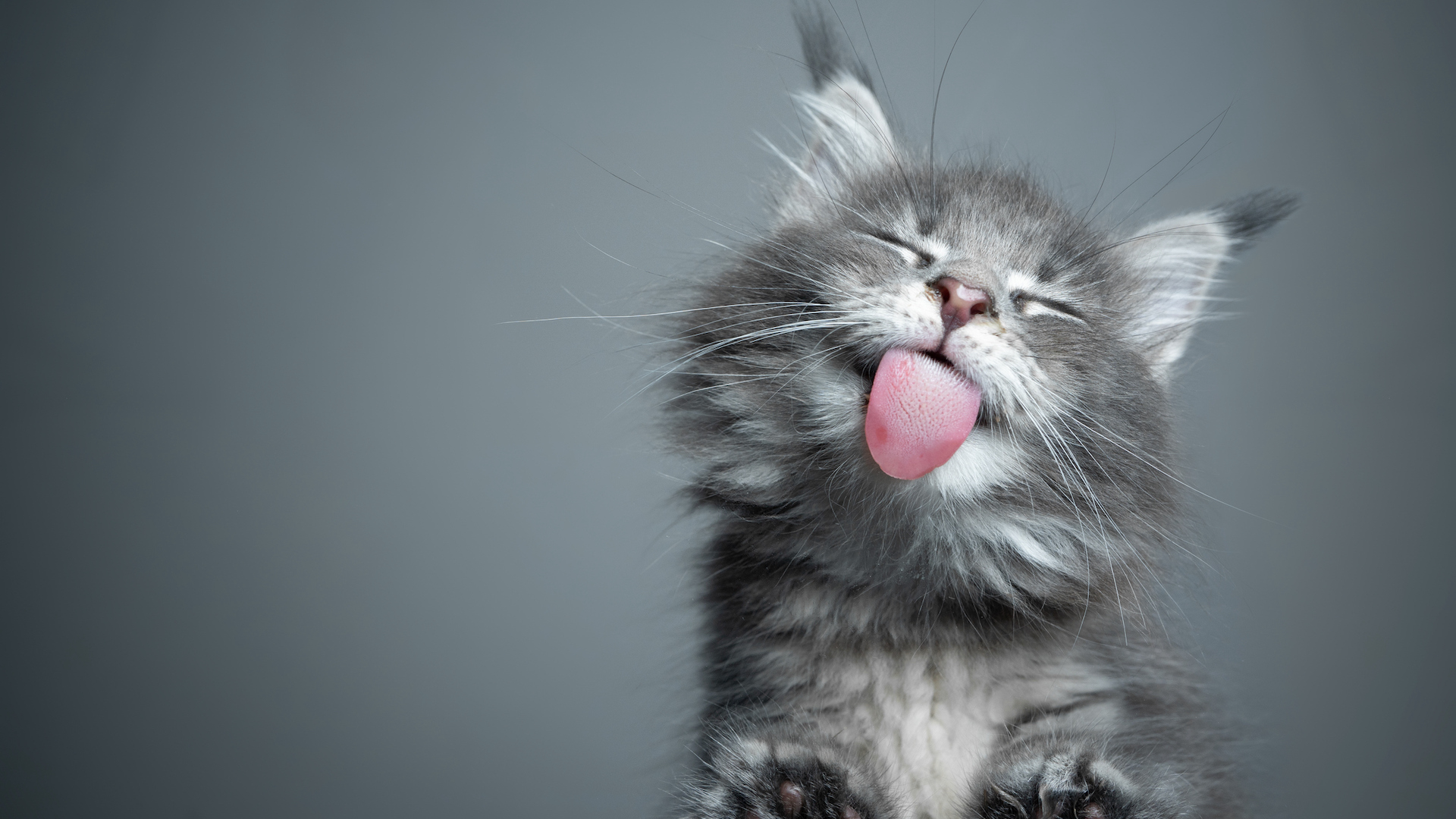
Cats don’t fit in a box, with set rules and regulations about how they behave. One minute they’re napping, the next they are zooming up and down the stairs. Sometimes they crave attention and purr affectionately, another moment they don’t want anything to do with you. Just let them be who they want to be, their quirky independence is part of their charm.
26. Basic training
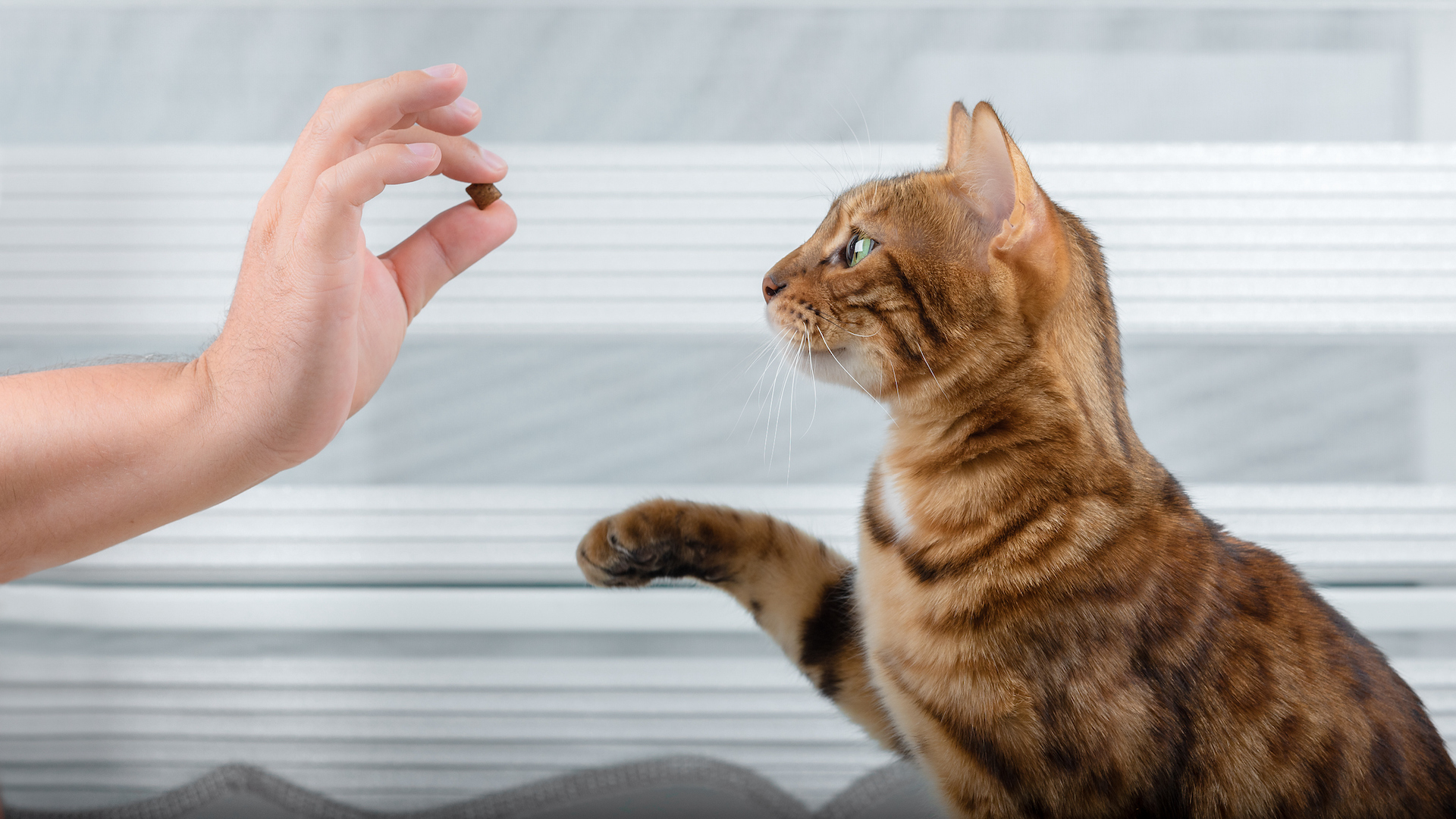
While cats are not trainable in the same way as dogs, they can learn simple commands (and probably a whole lot more, but they’re not letting you know that). Train your cat using positive reinforcement for basic commands and behaviors, such as using the litter tray, and then build your bond by more complicated tricks such as high-fives. They quickly learn to do things for some praise and a titbit.
To stay on good terms with your cat, keep training sessions short, enjoyable, and reward-based to maintain their interest and motivation.
27. Invest in a comfortable carrier
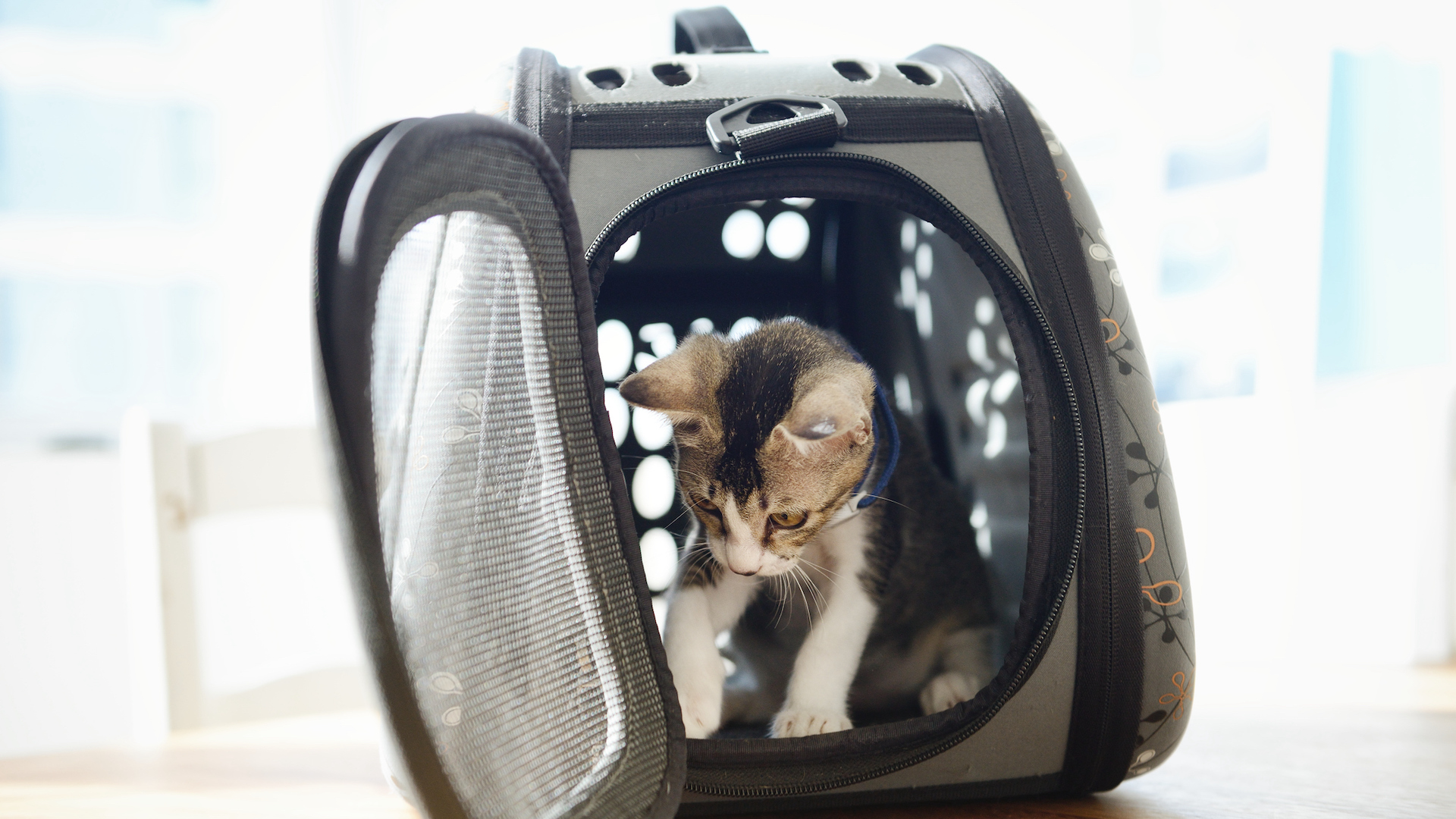
Vet trips and general travel can be very stressful for cats, who value a highly settled environment. Get them used to a comfortable carrier at home before taking them out on a trip so that they don’t associate it with high-stress situations.
28. Be a responsible breeder

If you are intending to breed from your female cat, do so responsibly. This means adhering to ethical and humane practices that prioritize the health and well-being of the cats involved. Issues to consider are health screening to eliminate hereditary health issues, breeding discriminately not excessively, and not weaning early (before 12 weeks).
You should be in it for the betterment of the breed, not solely for financial gain, have a deep knowledge, understanding and love for cats. For experienced cat owners only.
29. Keep your cat trim
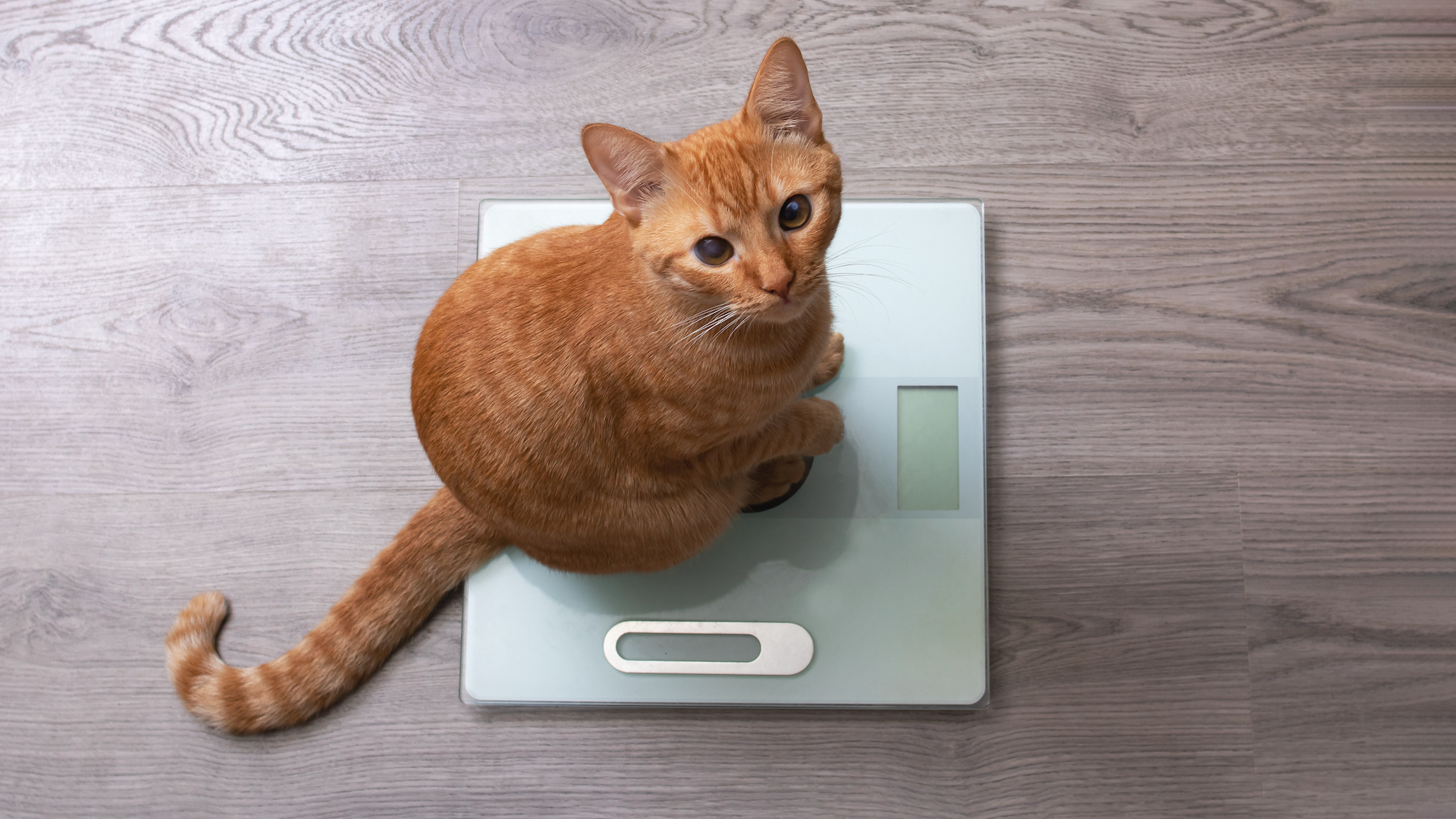
Monitor your cat’s weight and adjust their diet accordingly to prevent obesity, which can lead to various health problems. A survey done in 2022 by the Association for Pet Obesity Prevention, found that 61% of cats in the US are obese.
Make sure your cat gets enough exercise, and that you don’t overfeed. Check in with the neighbours that they aren’t topping up his rations as this is a common issue.
30. Ease into social life
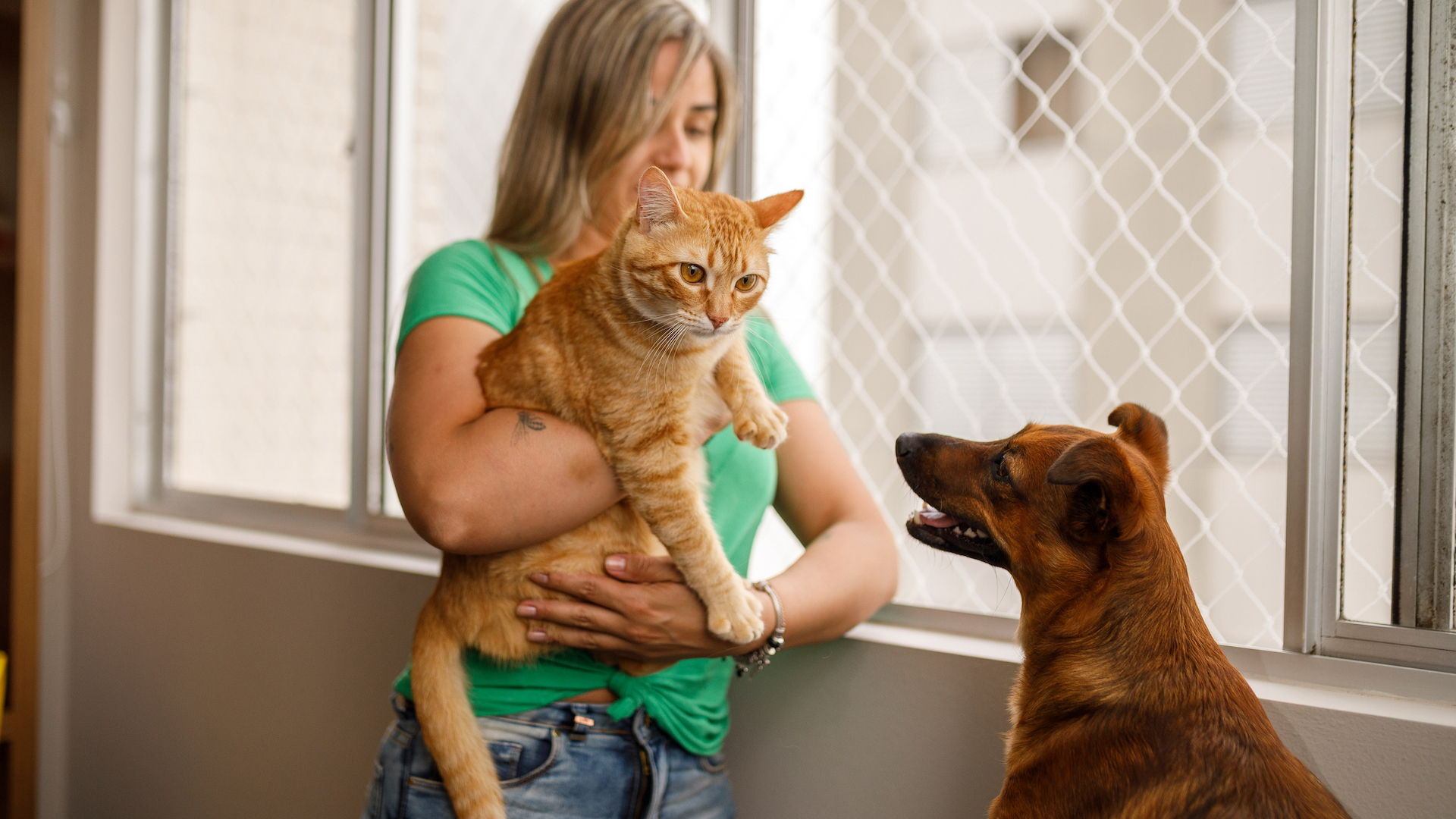
Cats are independent and solitary creatures, so don’t overwhelm your cat with well-meaning friends and family just because you want to show off your wonderful pet. Instead, gradually expose your cat to new people, experiences, and other pets to help them become well-socialized and comfortable in different situations – always giving them the opportunity to seek refuge in one of their familiar hiding places.
31. Learn the cat’s language

We aren’t asking you to finesse your mewing skills and develop an ability to purr. However, the best owners will familiarise themselves with their cat’s body language, so that they can understand what he is saying. For example, flattened ears may mean stress, fear or aggression; the tail up typically means contentment and confidence; while purring or kneading usually means they are feeling secure and comfortable. Head-butting is generally a sign of affection.
32. Show your cat you love them

Giving your cat regular affection in ways he understands is fundamental in building a strong bond and create a trusting relationship. This will involve a combination of physical affection, positive interactions, and creating a comfortable environment.
Always watch the cat’s body language when you stroke them. Different cats have specific areas they like a gentle scratch, whether it‘s behind the ears or under the chin; others love a nuzzling head-butt. And listen to that comforting purr...
Read next: new kitten checklist
Martha is an experienced journalist working in both print and digital media. She specializes in the canine, equine and rural sphere where she has covered a wide range of topics from cloning animals and the ingredients for a perfect yard dog, to helping owners find the best canine GPS trackers on the market. When she’s not busy writing about dogs and horses, she’ll be found either aboard a horse or looking after the menagerie of pets in her care.
